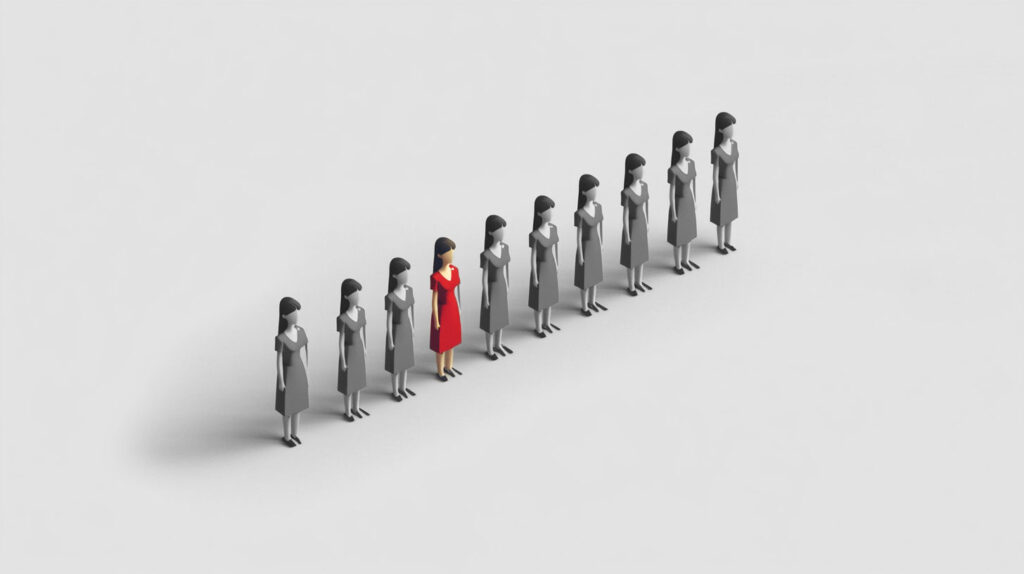Bias on Wikipedia and How It Affects the Content of Wikipedia Articles

In an ideal world, Wikipedia would be bias-free. Instead, we live in this world.
Biased Wikipedia editors are an issue, especially when they are powerful. Bias is a systematic deviation from objectivity, fairness, or impartiality, often resulting from personal opinions, beliefs, or preferences. Bias tends to favor one perspective, group, or outcome over others. This can mean distortion of the information found in Wikipedia articles. Bias can make itself known in various contexts, such as an individual’s thought process, media coverage, research, or data collection–all of which can eventually find their way to a Wikipedia article. Some editors will rationalize their bias with vigor, which often leads to friction in the editing process.
Wikipedia editors are (at least today) human, and as such, they may bring various biases to the editing process. While Wikipedia has policies in place to intended to ensure neutrality and objectivity, biases still emerge.
Some common types of biases that may affect Wikipedia articles include:
Bias on Wikipedia
Wikipedia, as a crowd-sourced encyclopedia that anyone can edit, is susceptible to bias due to the diverse backgrounds, beliefs, and limitations of its editors. While the editors themselves are not as diverse as one might think, their views often are. Understanding these biases can help readers and other editors better assess the reliability and comprehensiveness of the information presented.
Confirmation Bias
Confirmation bias occurs when editors favor information that confirms their preexisting beliefs, giving undue weight to supportive sources while neglecting or minimizing conflicting evidence. This bias can lead to one-sided articles that may omit essential counterarguments or opposing viewpoints. Wikipedia is a community based effort and that tends to keep popular articles from being too one-sided, but less popular articles with fewer editors reflect the problem more often.
Selection Bias
Selection bias arises when editors preferentially choose topics or sources that align with their interests or expertise. This can result in uneven representation, where popular or familiar subjects receive disproportionately extensive coverage, and less familiar but significant topics may be neglected.
Cultural Bias
Editors from different cultural backgrounds bring varied perspectives on importance, relevance, and notability. Cultural bias may lead to the uneven representation of cultures, traditions, and histories, with certain regions and cultural narratives dominating over others, creating a distorted global view.
The Wikipedia editor community has historically been predominantly male and white. Surveys have indicated that approximately 91% of Wikipedia contributors are male. Racial demographics among U.S. editors reveal that 89% identify as white, 8.8% as Asian or Asian American, 5.2% as Hispanic or Latino/a/x, and only 0.5% as Black or African American. So Wikipedia has a way to go in the area of diversity. This has led to content biases and underrepresentation of certain perspectives on the platform. Efforts are underway to address these disparities by encouraging contributions from a more diverse range of people.
Negativity Bias
Negativity bias describes the human tendency to prioritize negative information or experiences over positive ones. Because Wikipedia relies heavily on news media—which, as we all know, has increasingly emphasized negative reporting—Wikipedia articles may inadvertently emphasize negative content, controversies, or criticisms. And when a negative section is added to a Wikipedia article it is challenging to remove.
According to BigThink, negative content in news headlines has risen quite a bit since 2000, potentially influencing Wikipedia’s tone and content. An analysis published in PLOS ONE examined 23 million headlines from 47 major U.S. news outlets between 2000 and 2019. The study found a significant increase in the use of negative emotions in headlines:
- Sadness-related headlines increased by 54%
- Anger-related ones increased by 104%.
- Fear-related headlines rose by 150%.
- Disgust-related headlines grew by 29%.
Gender Bias
Gender bias in Wikipedia reflects a significant imbalance among editors, who are, as mentioned above, mostly male. This has led to the underrepresentation of women and women’s issues. Currently, only about 20% of Wikipedia biographies feature women. This imbalance partly stems from societal biases, including media coverage that disproportionately highlights men’s achievements, thus limiting the available reliable sources necessary for inclusion of women’s biographies on Wikipedia.
Political Bias
Political bias manifests when editors’ political preferences influence article content. Editors with strong political views might highlight supporting information or downplay opposing views, resulting in skewed coverage of political topics or figures. Wikipedia attempts to address this by implementing editing restrictions on highly contentious pages. For instance, the Wikipedia page of Donald Trump is “protected,” restricting edits to highly experienced editors to reduce vandalism and biased editing.
Availability Bias
Availability bias occurs when editors predominantly include information readily accessible online or easily available sources, thus neglecting valuable offline or out-of-print material. For example, when Reputation X is researching references for a campaign we look into out-of-print content, WayBack Machine, and more. If we didn’t, only content surfaced by search engines on the first few pages would be used, and that’s just lazy.
Recency Bias
Recency bias describes the tendency to prioritize recent events or information over historical or older content. Recent events tend to have abundant online coverage, while historical events—though equally or more significant—may be inadequately covered due to fewer accessible online resources. This bias impacts historical comprehensiveness, giving readers a distorted perception of the relative importance of recent versus past events. It means our researchers need to dig deep and consciously avoid recency bias.
Language Bias
Language bias on Wikipedia occurs due to the predominance of English-speaking editors—who make up approximately 76% of the editor base—resulting in an over-reliance on English-language sources. Consequently, non-English perspectives and sources are underrepresented, limiting the global accuracy and diversity of Wikipedia’s content despite its availability in 331 languages as of March 2023.
Wikipedia’s Efforts to Address Bias
Wikipedia recognizes these biases and actively employs several strategies to mitigate them. Here are some examples:
- Neutral Point of View (NPOV): Ensures articles present balanced perspectives, including conflicting viewpoints.
- Reliable Sources Requirement: Mandates the use of credible, verifiable sources to support article content.
- Editing Restrictions: Limits editing on controversial topics to experienced editors to prevent biased edits.
- Community Engagement: Encourages diverse participation and contributions from editors globally to ensure broader representation.
Awareness
About the author
Kent Campbell is the chief strategist for Reputation X, an award-winning reputation management agency based in the San Francisco Bay Area of California. Kent has over 15 years of experience with Wikipedia editing, review management, and reputation strategy. Kent has helped celebrities, leaders, executives, and marketing professionals improve the way they are seen online. Kent writes about reputation, SEO, Wikipedia, and PR-related topics, and is an expert witness for reputation-related legal matters. You can find Kent’s biography here.
–
Tags: Wikipedia, Wikipedia Writing.
